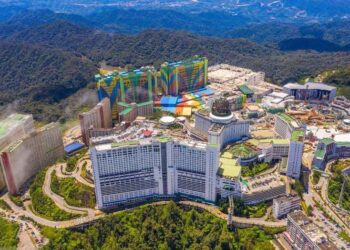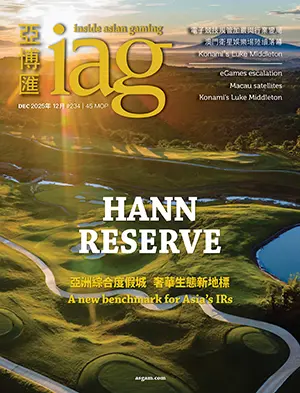Declining international visitation and increased competition in the Philippines’ casino resort market has worsened the business environment for integrated resort Okada Manila and made recovery slower than expected, according to S&P Global.
The ratings agency also pointed to downward pressure on the earnings of the pachinko and pachislot business of Okada Manila’s parent company Universal Entertainment Corp (UEC), subsequently revising the outlook on UEC’s long-term issuer credit ratings from stable to negative.
In a note, S&P Global said it expects Okada Manila, one of the four IRs located in Manila’s Entertainment City precinct, to generate EBITDA of “only around JPY24 billion (US$166 million)” over the next year or so, representing a modest improvement in earnings.
“The number of international tourists visiting the Philippines is increasing only slowly and increased competition in the country’s casino resort market has worsened the business environment for UEC, in our opinion,” it said.
“The company is promoting measures such as strengthening non-gaming activities in areas other than casinos in the resort and reducing costs.”
In the pachinko and pachislot business, there remains a risk that UEC’s compliance with the latest pachinko machine regulations will be weak, S&P Global explained, despite the company in the process of developing new models that should see it win orders.
The ratings agency sees EBITDA for this segment reaching JPY11 billion (US$76 million) in FY25, stating, “If new models under development fail to pass compliance tests and sales of pachislot machines do not accumulate, we believe the business may not recover as much as we assume.”
S&P Global said the negative outlook applied to UEC reflects its view that recovery is likely to be slower than it had expected and that the company’s key cash flow ratios have deteriorated.
It also added that, although the risk of the company breaching financial covenants, such as a lower limit of interest coverage, is low at this point, but noted that UEC’s cash and deposits on hand had almost halved from JPY40 billion (US$276 million) a year earlier to JPY21 billion (US$145 million) as of 31 March 2025.



































